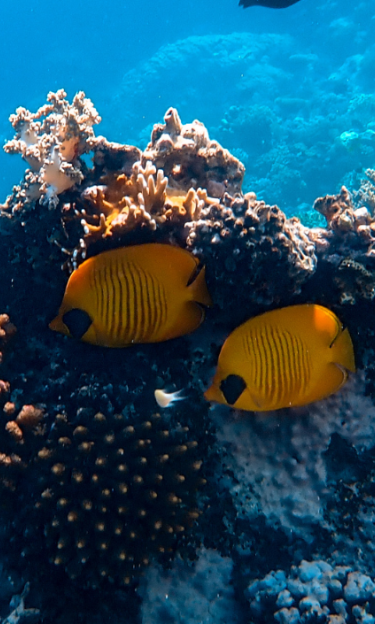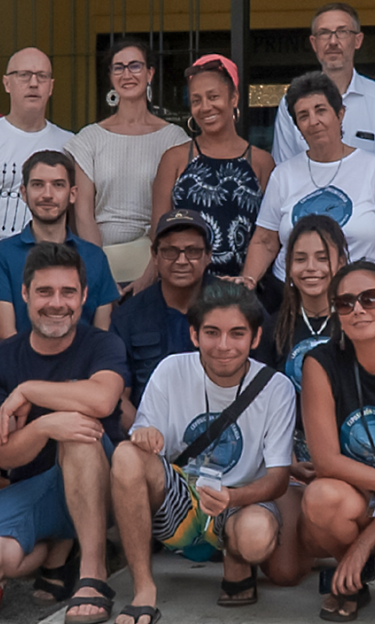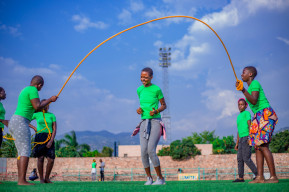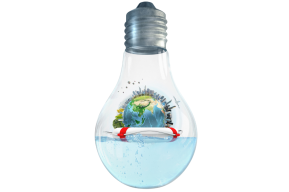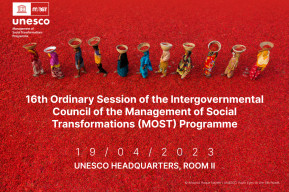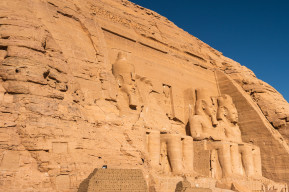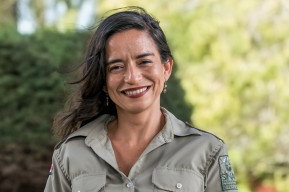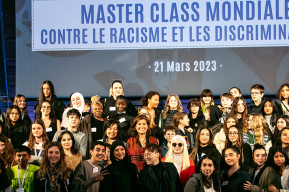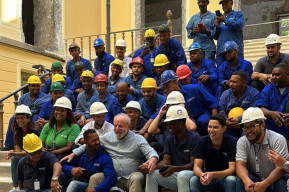Whoever visits the South Caribbean will find lots of culture, gastronomy, and a smile that illuminates the entire space. That smile belongs to Maraya Jiménez.
It was the year 2000 when the small town of Cocles in Limón, and the four walls of her house, saw her being born. A rich Nicaraguan heritage runs through her veins because of her mother. On her father's side, a strong lineage of banana workers in the Atlantic area of the country emerges.
By chance, his father and mother found themselves in this beautiful town, where the sea and breeze are part of its attractions, since each of their families bought land to settle in the region. His father began to dedicate himself to fishing and diving.
The South Caribbean has always been his home. She begins her first steps as a leading woman in her hometown. “In 2016, I participated in a speech contest. And that is how it all starts,” she said.
What began her connection with the Centro Comunitario de Buceo Embajadores y Embajadoras del Mar. A speech contest brought her closer to this group of guardians of the marine world. Its impact has gone from being local to influence at a regional level in the conservation of submarine resources, thanks to working with UNESCO San José.
“I had a Social Studies teacher who was like a 'walking book´. I questioned her and said: -why don't they teach us this?- So, she began to tell me a little about the story. It was like opening a door." With her oral account, Maraya won the competition at the national level.
Due to her achievements and her involvement with the culture of Limón, the journalist María Suárez Toro, who is the co-founder of the Diving Center, invited her to be part of the organization. "I always had that connection with the sea, so I got involved in the project."
The organization comprises youth from the area who seek to leave a mark on the community and the environment. The people who are part of practice diving, work in underwater archeology, and learn about restoration of the seabed thanks to the support of the United Nations. The Center has partnered with UNESCO and other organizations such as UNFPA and UNOPS to position youth as owners of the cultural and natural legacy.
Starting her walk with the organization, she was invited to the University of East Carolina. “I got to know the projects and the maritime program of the University”, she says enthusiastically. In that year, she finished the high school and became more involved with the Center.
Her love for water is combining with her love for justice. “I started at the University of Costa Rica to study law and went to the Guanacaste headquarters (more than 400 kilometers away from her home). I went to live there and spent two years studying there. So, I was always supporting the Center from afar”.
Due to the pandemic, she returns to the Caribbean to study virtually, and she stays in the there thanks to her University that allowed her to take her studies online. This has also allowed her to dedicate more of her time to the Diving Center.
“When I returned, I became part of the Board of Directors as Secretary. From there, we have been working more for the protection of heritage and community management”.
Maraya became interested in caring for culture and discovering her roots. "It impresses me how this boat thing could change the history of Costa Rica."
The origin of the ships, of which Maraya tells, is still not confirmed. Some investigations indicate that, presumably, they are two galleons that are found deep in the Cahuita National Park that would date back more than 300 years.
Ongoing investigations indicate that they could be ships of Danish origin that transported enslaved people from Africa. The young people of the Diving Center coordinate the study to find out the origin of these boats.
UNESCO San José has worked with the South Caribbean community to ensure the protection and enhancement of these submerged archaeological sites, under the 2001 Convention on the Protection of the Underwater Cultural Heritage.
In 2022, together with local youth, UNESCO San José coordinated the exhibition "Caribbean South: cradle of a community of underwater archeology in Costa Rica". UNESCO worked with young people to value underwater archaeological assets and protect this heritage.
The realization of this exhibition involved institutions such as the National Museum of Costa Rica (MNCR), the Integral Development Association (ADI) of Cahuita, the University of Costa Rica, UNFPA, the Spanish Embassy in San José and the Educational Coordination and Center of the Central American Integration System (CECC/SICA).
The participation of these partners made it possible to strengthen alliances and position underwater cultural heritage as an element to achieve sustainable development within the framework of the 2030 Agenda.
The Underwater Cultural Heritage reveals the historical link between the sea (and other bodies of water) and the development of human societies. Since ancient times, the sea is necessary for food, to communicate, and for trade. For this reason, the sea has been indispensable for the development of cultures, and its study and conservation are of interest to UNESCO.
The community of Cahuita is a pioneer at the national level in carrying out citizen science activities to raise public awareness about the importance of this heritage and the multiple threats it faces, including climate change and commercial exploitation.
UNESCO San José has facilitated intergenerational dialogue in the community, conversations with heritage protection organizations, and sharing knowledge with experts in the field to promote its protection.
Maraya went to Montevideo, Uruguay, to a meeting organized by UNESCO with specialists in underwater archeology from 22 countries in Latin America and the Caribbean. This invitation was a recognition to the involvement of Maraya and her organization in the protection of this Underwater Cultural Heritage.
This meeting reinforced UNESCO's commitment to protect Underwater Cultural Heritage and strengthened the network of specialists in heritage protection.
Her favorite part of being a guardian is the connection that she creates with the community. She loves being able to create ties and working with people. For this reason, Maraya has worked to bring knowledge about the underwater heritage and the sea to the community. "We visit schools and sing with them. We love that they tell how they imagine what is under the sea and that they imagine their theories of how the ships could have arrived. It is incredible."
When she finishes her law studies, she wants to dedicate her knowledge to taking care of the Diving Center. In addition, at 22 years old, she wants to leave a legacy in society: to be an empathetic voice that resonates.
Dedicated to Maraya's mother: whoever she is, is proud of her leading daughter.
About the authors




